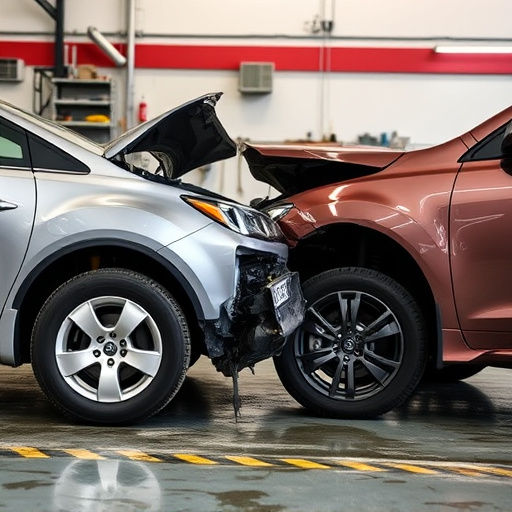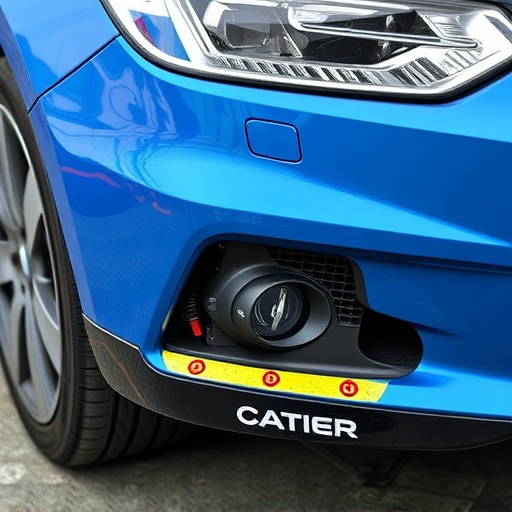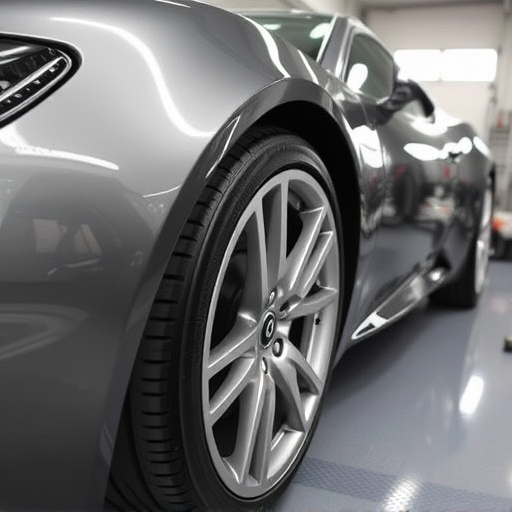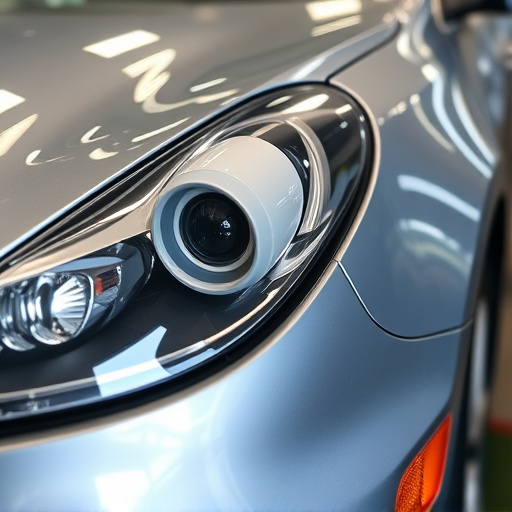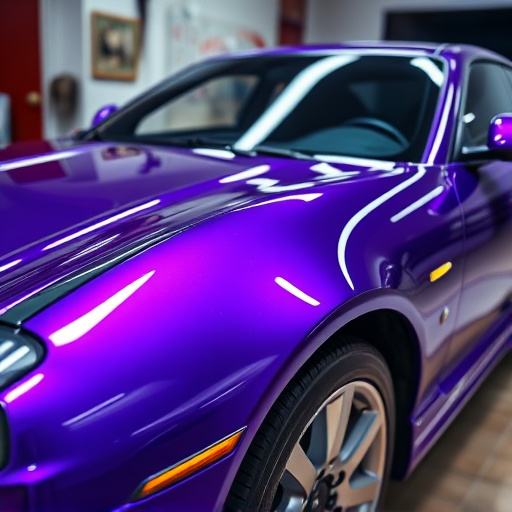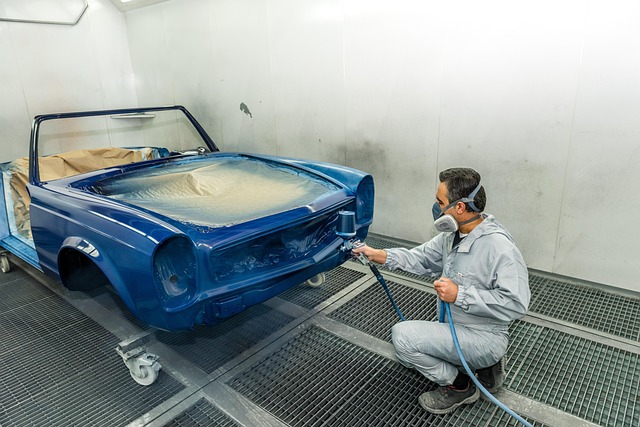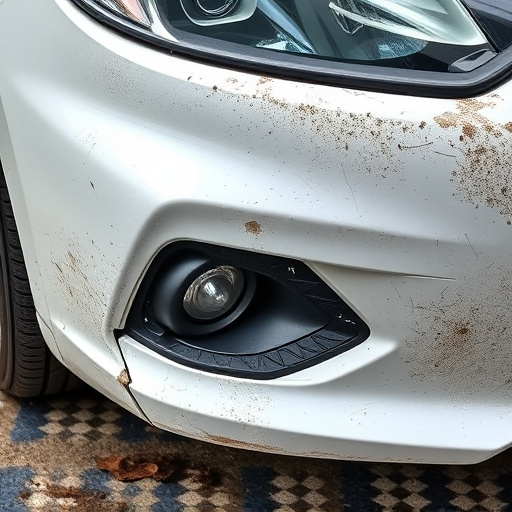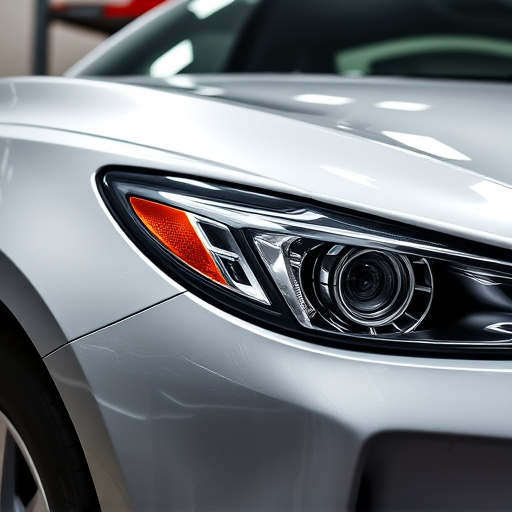Choosing between OEM and aftermarket window channel replacement parts depends on budget, vehicle compatibility, and desired quality. OEM parts offer superior fitment, engineering precision, and warranties but are more expensive. Aftermarket parts provide a wider selection at lower costs but may require adjustments for a seamless finish. Consulting auto collision professionals can help balance quality, cost, and safety for the best window channel replacement solution.
When it comes to window channel replacement, understanding your options is crucial. This decision involves balancing quality, cost, and compatibility. OEM (Original Equipment Manufacturer) parts offer precision fitting and superior durability but come at a premium. Aftermarket replacements, while more affordable, may require adjustments for a perfect fit. Each option has its advantages and disadvantages. By weighing factors like material quality, warranty coverage, and impact on vehicle performance, you can make an informed decision tailored to your needs and budget, ensuring optimal window channel replacement for enhanced safety and aesthetic appeal.
- Understanding OEM and Aftermarket Window Channel Replacement
- Advantages and Disadvantages of Each Option
- Making an Informed Decision for Your Vehicle
Understanding OEM and Aftermarket Window Channel Replacement

When considering window channel replacement for your vehicle, it’s crucial to understand the distinction between Original Equipment Manufacturer (OEM) parts and Aftermarket options. OEM parts are precisely designed and manufactured by the same company that produced your car, ensuring a perfect fit and often backed by a comprehensive warranty. These channels are made to the exact specifications of your vehicle, aligning perfectly with your car body shop’s work during an automotive collision repair or regular maintenance.
Aftermarket window channel replacement pieces, on the other hand, are produced by third-party manufacturers. While they offer a cost-effective solution, the fit might not be as precise as OEM parts, potentially requiring modifications at your car paint repair shop to ensure a seamless finish. Despite this, aftermarket options can still provide excellent durability and functionality, making them a viable choice for those looking to save on costs without compromising on safety and quality in their automotive collision repair process.
Advantages and Disadvantages of Each Option

When considering window channel replacement options for your vehicle, understanding the advantages and disadvantages of Original Equipment Manufacturer (OEM) parts versus Aftermarket alternatives is essential. OEM parts are produced by the car manufacturer, ensuring they fit perfectly and maintain the original integrity of your car’s design. They offer peace of mind as they have undergone rigorous testing and adhere to strict quality standards. However, these channels might be more expensive due to their brand association and the additional costs associated with research and development. On the other hand, Aftermarket window channel replacement parts provide a cost-effective solution for car damage repair and automotive collision repair. They are designed to fit various makes and models, offering a wide range of options at competitive prices. While they may not have the same level of quality assurance as OEM parts, aftermarket products can still be reliable, especially from reputable manufacturers who prioritize safety and performance.
Choosing between these two options depends on your budget, vehicle compatibility, and desired level of quality. Aftermarket parts could be a game-changer for those looking to save costs without compromising on safety during auto detailing processes. Conversely, OEM channels are ideal for individuals prioritizing brand authenticity and the latest technology, even if it comes with a higher price tag.
Making an Informed Decision for Your Vehicle

When considering window channel replacement for your vehicle, making an informed decision is crucial. Researching and understanding the options available—OEM (Original Equipment Manufacturer) parts versus aftermarket alternatives—is essential to ensuring a safe and reliable fit. OEM parts are designed specifically for your make and model, offering precise engineering and original equipment quality, which can be particularly important for maintaining your vehicle’s structural integrity.
However, aftermarkets offer a wider range of options at often lower prices. These parts may require some adaptation to fit perfectly, but they can still provide excellent performance. When visiting an auto collision center or auto body repair shop, discuss both options with professionals who can guide you based on their experience with auto repair and the specific needs of your vehicle. This will help ensure you make a choice that balances quality, cost, and safety.
When considering a window channel replacement, understanding the differences between OEM and aftermarket parts is key. Both options have their merits, with OEM parts offering superior compatibility and warranty backing, while aftermarkets provide more affordable pricing and customization possibilities. For an informed decision, weigh these factors against your budget and vehicle requirements. Ultimately, selecting the right window channel replacement can enhance your driving experience, ensuring safety and comfort for years to come.
